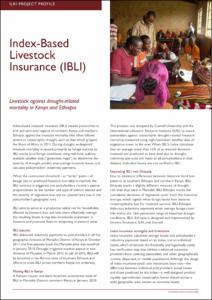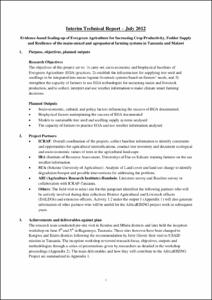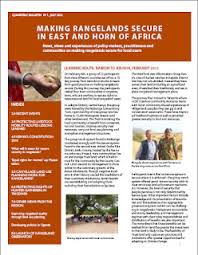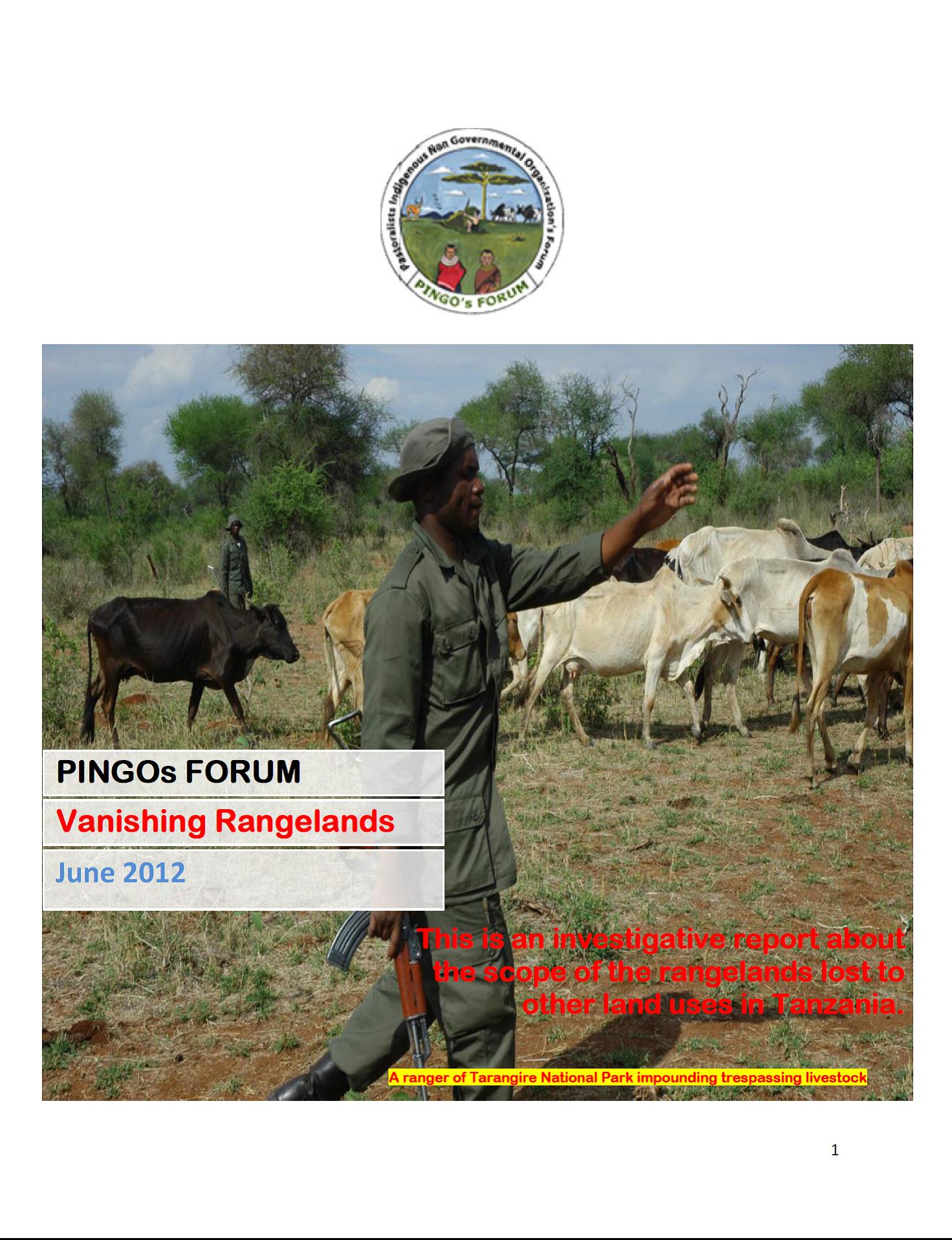Policies in support of pastoralism and biodiversity in the heterogeneous drylands of East Africa
Index-Based Livestock Insurance (IBLI): Livestock against drought-related mortality in Kenya and Ethiopia
An Analysis of International Law, National Legislation, Judgements, and Institutions as they Interrelate with Territories and Areas Conserved by Indigenous Peoples and Local Communities
Across the world, areas with high or important biodiversity are often located within Indigenous peoples’ and local communities’ conserved territories and areas (ICCAs). Traditional and contemporary systems of stewardship embedded within cultural practices enable the conservation, restoration and connectivity of ecosystems, habitats, and specific species in accordance with indigenous and local worldviews. In spite of the benefits ICCAs have for maintaining the integrity of ecosystems, cultures and human wellbeing, they are under increasing threat.
Ethiopia—Strengthening Land Administration Program (ELAP)
1 Background The Pastoral and Agro-Pastoral Land Tenure and Administration Study (PALTAS) was launched because of the compelling need to identify and recommend policy that clarify and strengthen the land rights of pastoralists and agro-pastoralists and put in place appropriate administrative mechanisms to enforce their rights. It was designed to assess the land tenure problems in the pastoral and agro-pastoral areas of Oromia, SNNP, Gambella, Afar, and Somali regional states.
Rift Valley fever in Kenyan pastoral livestock: Simulation with an individual-based demographic model
Rift Valley Fever (RVF) is a viral zoonosis and a mosquito-borne disease caused by a phlebovirus in the family Bunyaviridae. It affects livestock, humans and wildlife. Epidemic outbreaks of RVF in East Africa, which occur after heavy rainfalls in cycles of 5-15 years, have caused next to human morbidity and mortality considerable economic losses throughout the livestock production and market chain. Establishment of a pastoral livestock demographic model simulating alternating normal and drought periods (appropriate for the Sahel) and RVF epidemics.
Evidence-based Scaling-up of Evergreen Agriculture for Increasing Crop Productivity, Fodder Supply and Resilience of the maize-mixed and agropastoral farming systems in Tanzania and Malawi Interim technical report July 2012
LEARNING ROUTE: NAIROBI TO ARUSHA, FEBRUARY 2012
INDEX 2.0 RECENT EVENTS 3.0 PROTECTING LIVESTOCK MOBILITY ROUTES: LESSONS LEARNED 4.0 KENYA’S CONSTITUTION 2010 What will it mean for tenure security in rangelands? ‘Equal rights for women’ say Maasai elders 5.0 CAN VILLAGE LAND USE PLANNING WORK FOR RANGELANDS? 6.0 PROTECTING RIGHTS OF HUNTER-GATHERERS IN TANZANIA 7.0 OTHER NEWS FROM THE REGION Improving rangeland quality through land use planning Developing policies in Uganda 8.0 LAUNCH OF RANGELAND OBSERVATORY
Comparative changes in density and demography of large herbivores in the Masai Mara Reserve and its surrounding human-dominated pastoral ranches in Kenya
Vanishing Rangelands
The primary aim of this study is to investigate the size of the range lost to other forms of land uses. This will support the argument that it is time to reconsider the pastoralists sector as a legitimate mode of production in the country which, like other sectors, deserve due priority.








